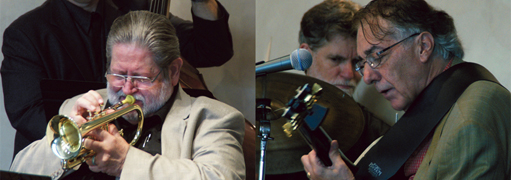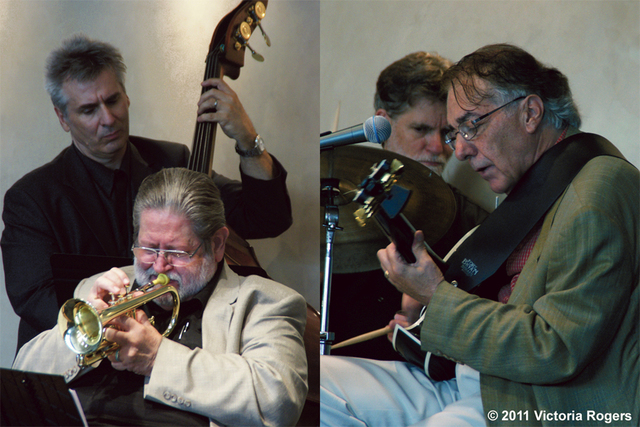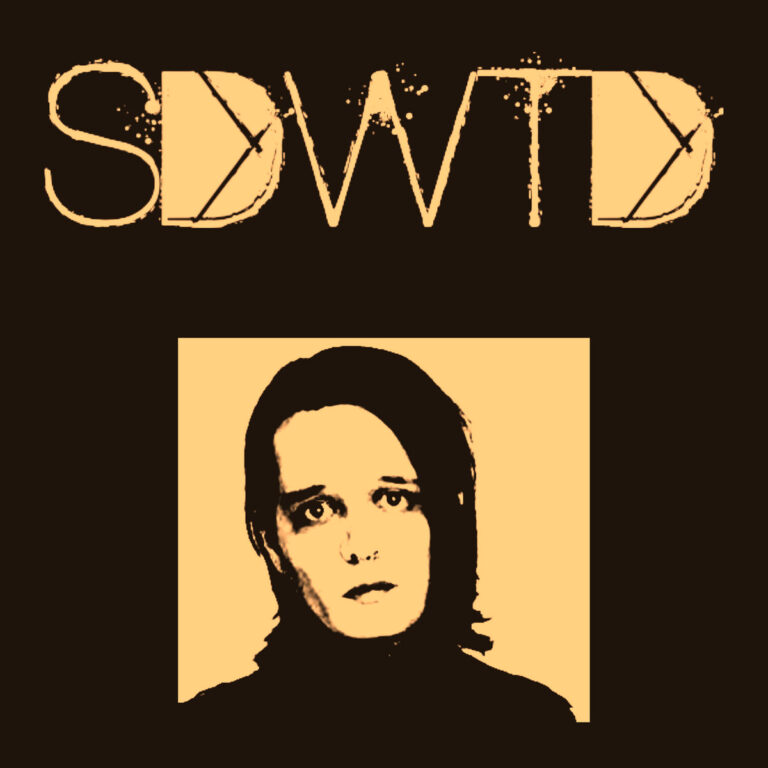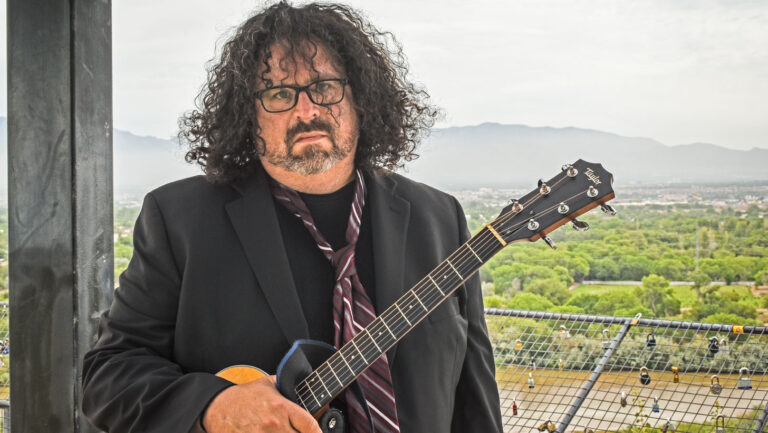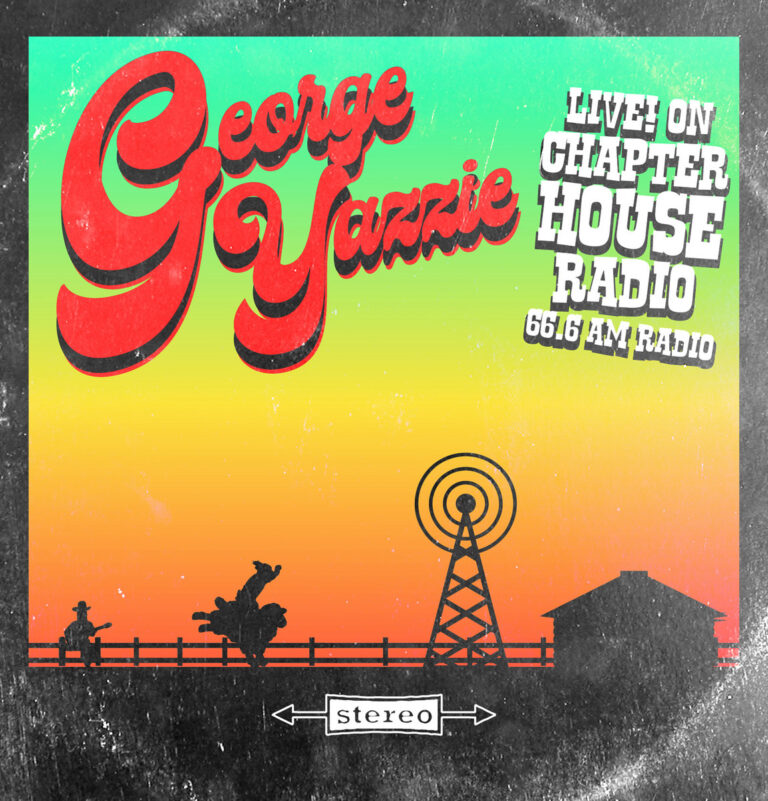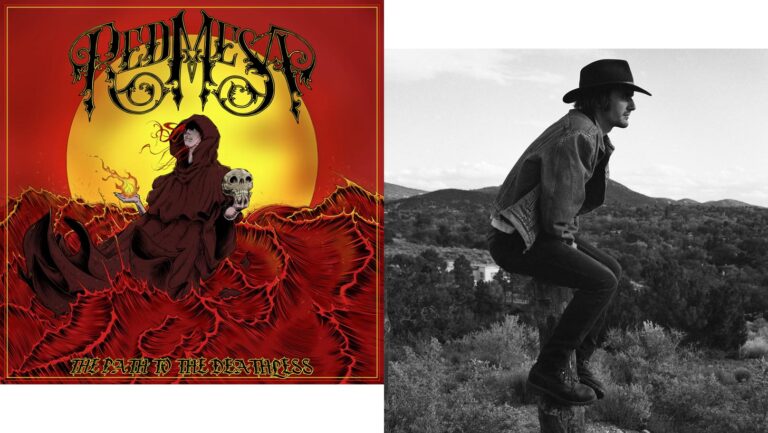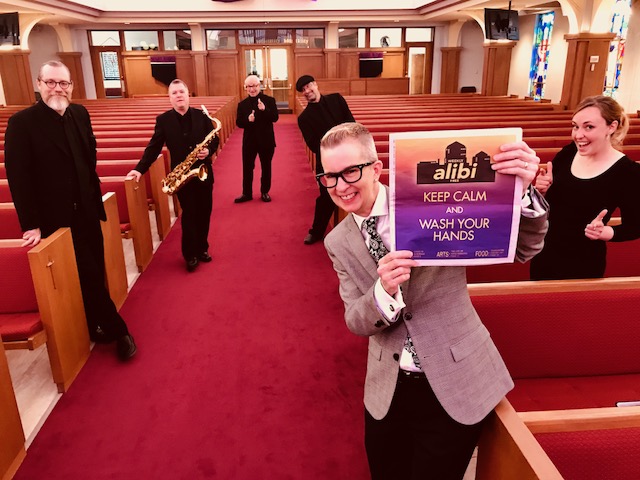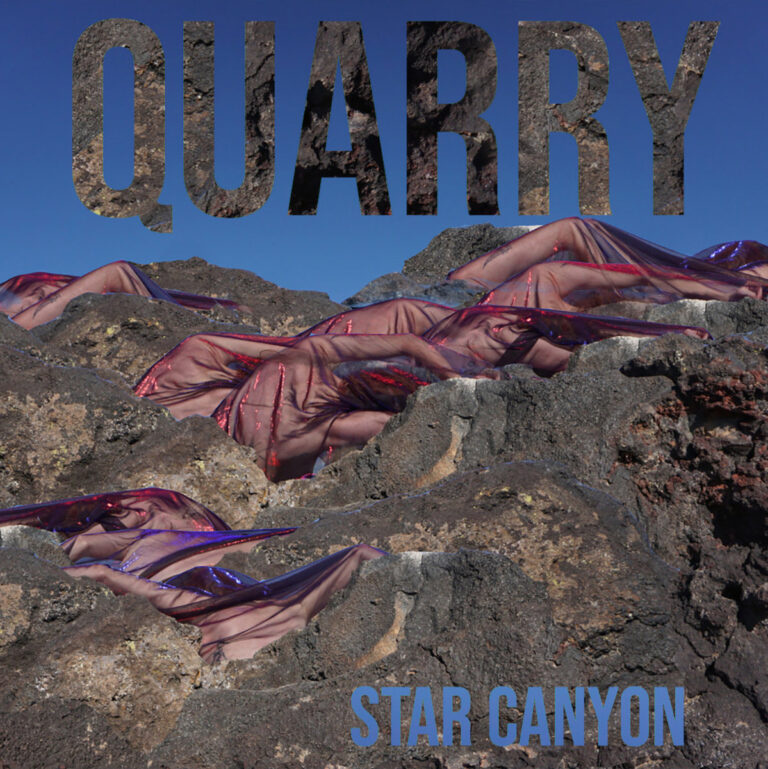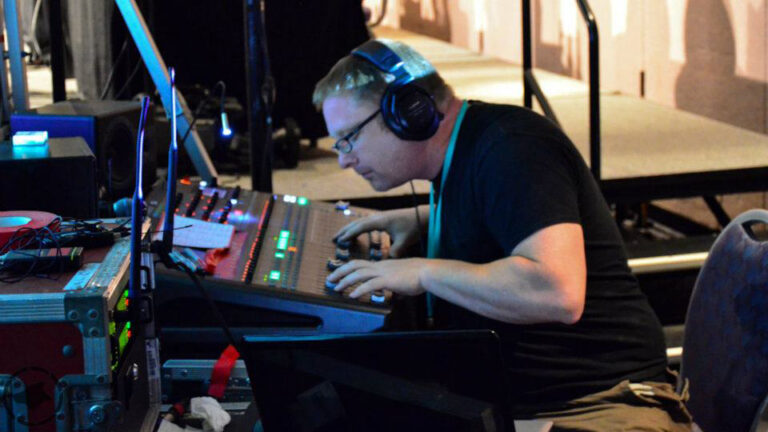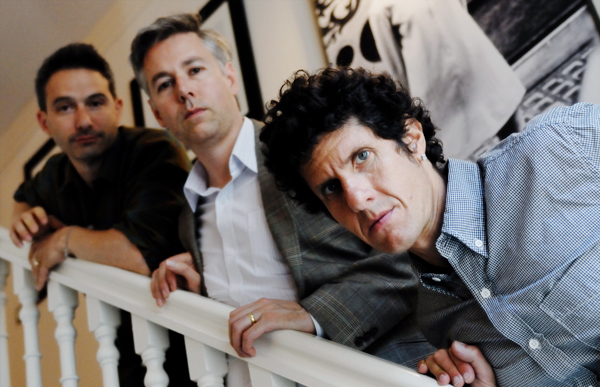Using a newfangled contraption, the electric guitar, and a mesmerizing facility for improvisation, Charlie Christian, born in 1916, helped transform the role of the guitar in jazz. The Oklahoma City native first made his mark in the swing era, joining Benny Goodman’s sextet and orchestra in 1939. (As the third black man hired by Goodman, he helped bury bandstand segregation.) He then helped transform jazz itself, collaborating with the likes of Dizzy Gillespie, Charlie Parker and Thelonious Monk as they worked out the rules of a brand-new musical language: bebop. He managed to accomplish all of this in just 25 years, passing away in 1942, a victim of tuberculosis. Michael Anthony will open the Outpost’s spring season Thursday night as the featured guitarist in a tribute concert celebrating Christian’s contributions. He’ll be joined by Bobby Shew (trumpet), Micky Patten (bass) and Cal Haines (drums). We caught up with Anthony last week to get his thoughts on Christian and the concert. What’s most impressive for you about Charlie Christian? Basically, he changed the guitar world. He brought the guitar out of the rhythm section and put it up front. He’s really an unsung hero with regard to being one of the daddies of the jazz guitar. He played a strong melodic line one note at a time, rather than playing chords. He said he wanted to play the guitar like a saxophone .Right, and Lester Young was the model. Around 1929, Lester Young came on the scene. That’s where Charlie started playing guitar like a horn player. What strikes you most about his playing? That level of accomplishment at an early age. The next thing that strikes me is his genius for ideas. He came up with brilliant ideas. I’m listening to him play, and I’m thinking, Oh my God, how did he come up with that one? He’d come up with some beautiful, innovative ideas for phrasing that were unique to him. He wasn’t intimidated by the movement of the chords. The fluency was another part. How are you going to approach this concert, especially since you play in more of a chord-melody style? I’m going to tribute the player, but I’m going to play the way that I play. I’m not going to try to play his style. Who’s going to play his style like him? Of course, we’ll play the swing-era style. Were there any particular challenges in the material? Some of these older tunes, the chord progressions have little left turns here and there. I have to think about how I want to play melodically over that. I do my homework. I’ve been living with these tunes. Sometimes I just play the chords as if I was a singer. I kind of hum the phrase to it so that I can get some ideas for melodic phrasing. I see you’re stuck with Bobby Shew on trumpet. No one else was available? We looked all over the place. [ Laughs. ] Well, you know, Bobby and I go back a long way. I first met Bobby in L.A. back in the ’70s. Pretty shabby rhythm section, too, I see. Micky Patten spearheaded all this. I’m the default leader because he is very shy. What are some of the tunes you’ll be playing? We’re going to play one called “Waiting for Benny.” Benny Goodman’s name is on it, but I think Charlie is the one who wrote it. “When the Sun Comes Out,” by Harold Arlen. Some of the other tunes: “Stompin’ at the Savoy,” “Flying Home,” “Avalon,” “Airmail Special,” “Rose Room” [the number that won Christian his job with Goodman] and “Salute to Charlie Christian,” written by [guitarist] Barney Kessel as a tribute to Charlie. Sounds good. See you there.
Charlie Christian Project Thursday, March 1, 7:30 p.m. Outpost Performance Space 210 Yale SE Tickets: $25, $20 members and students268-0044, outpostspace.org
